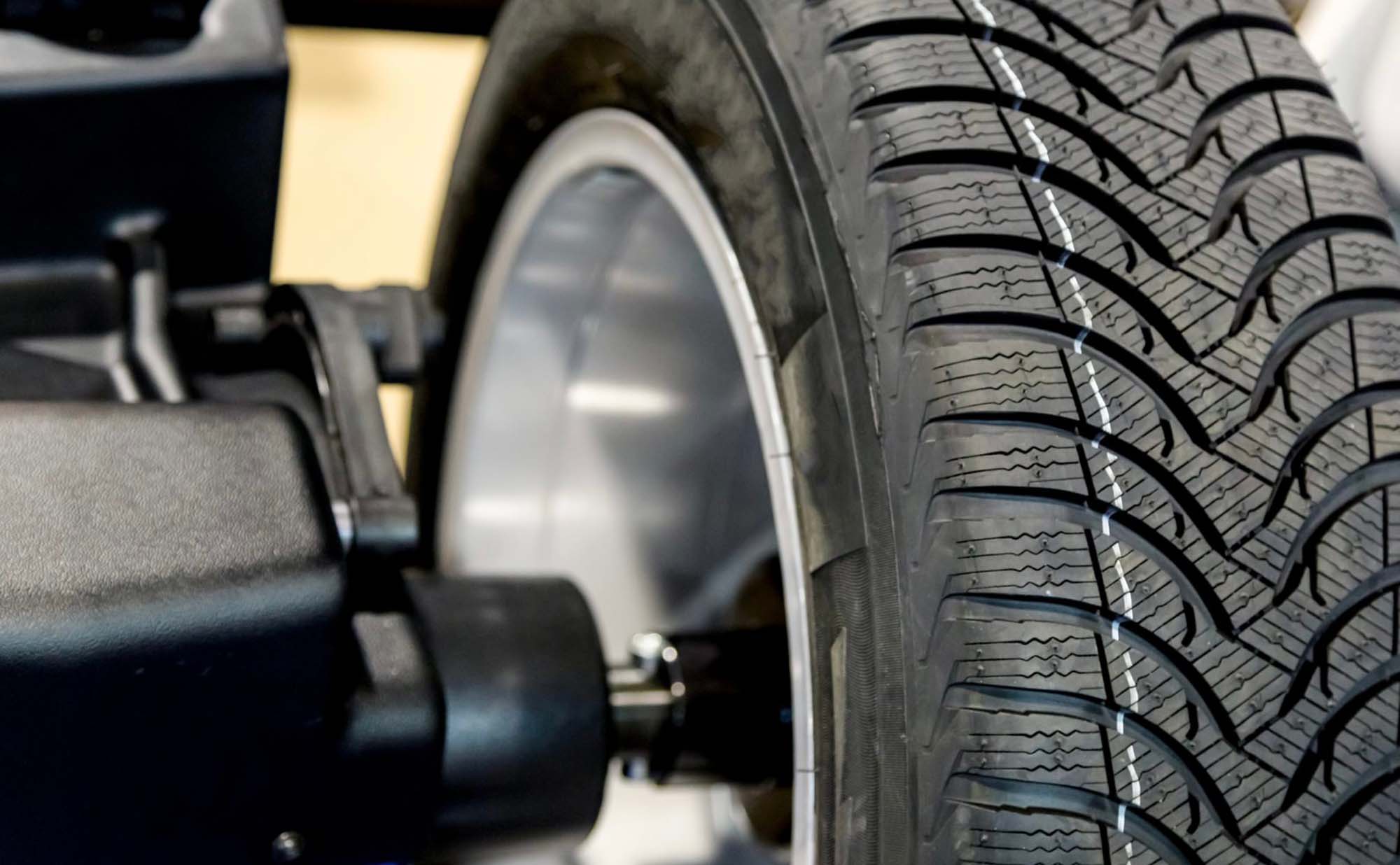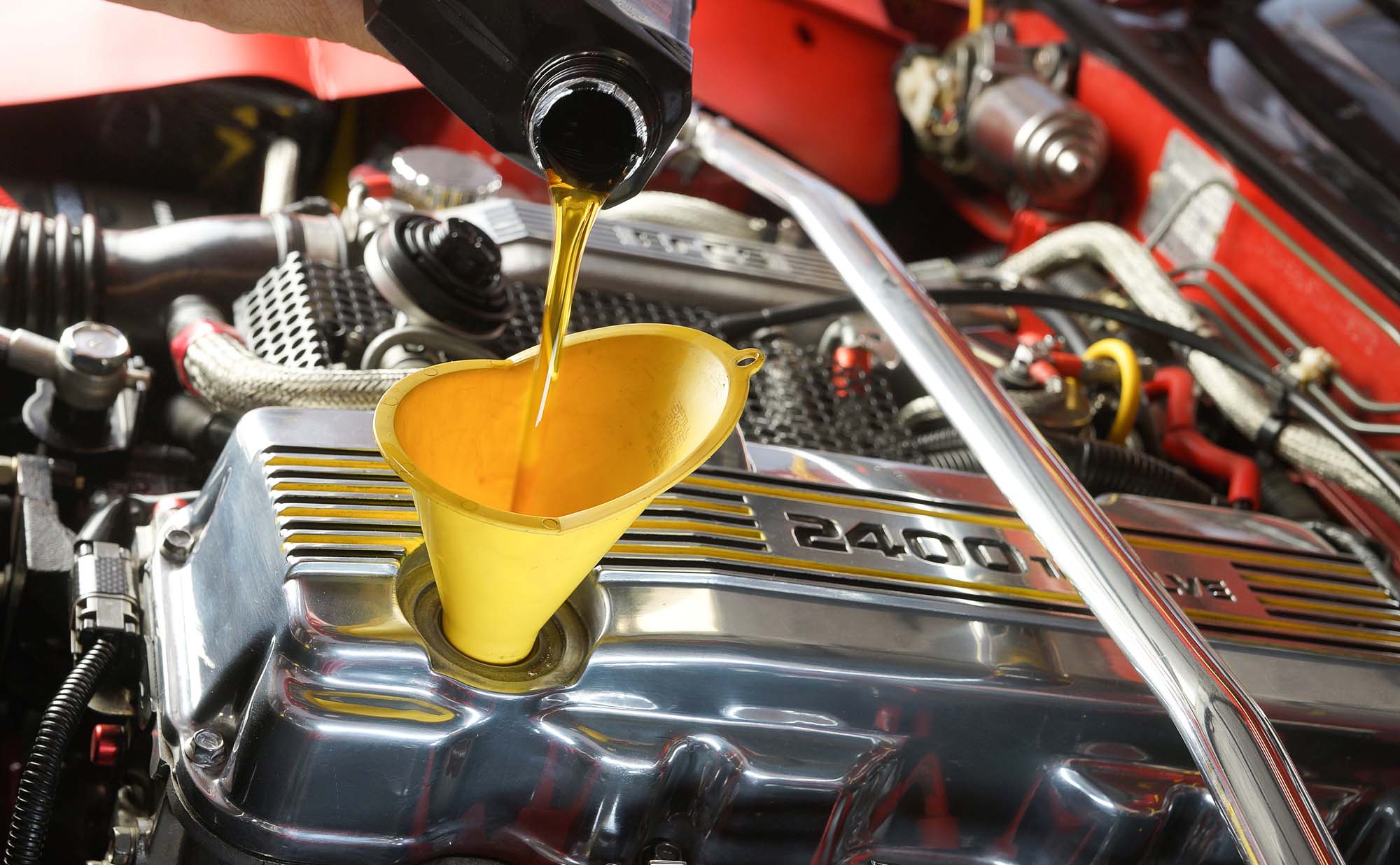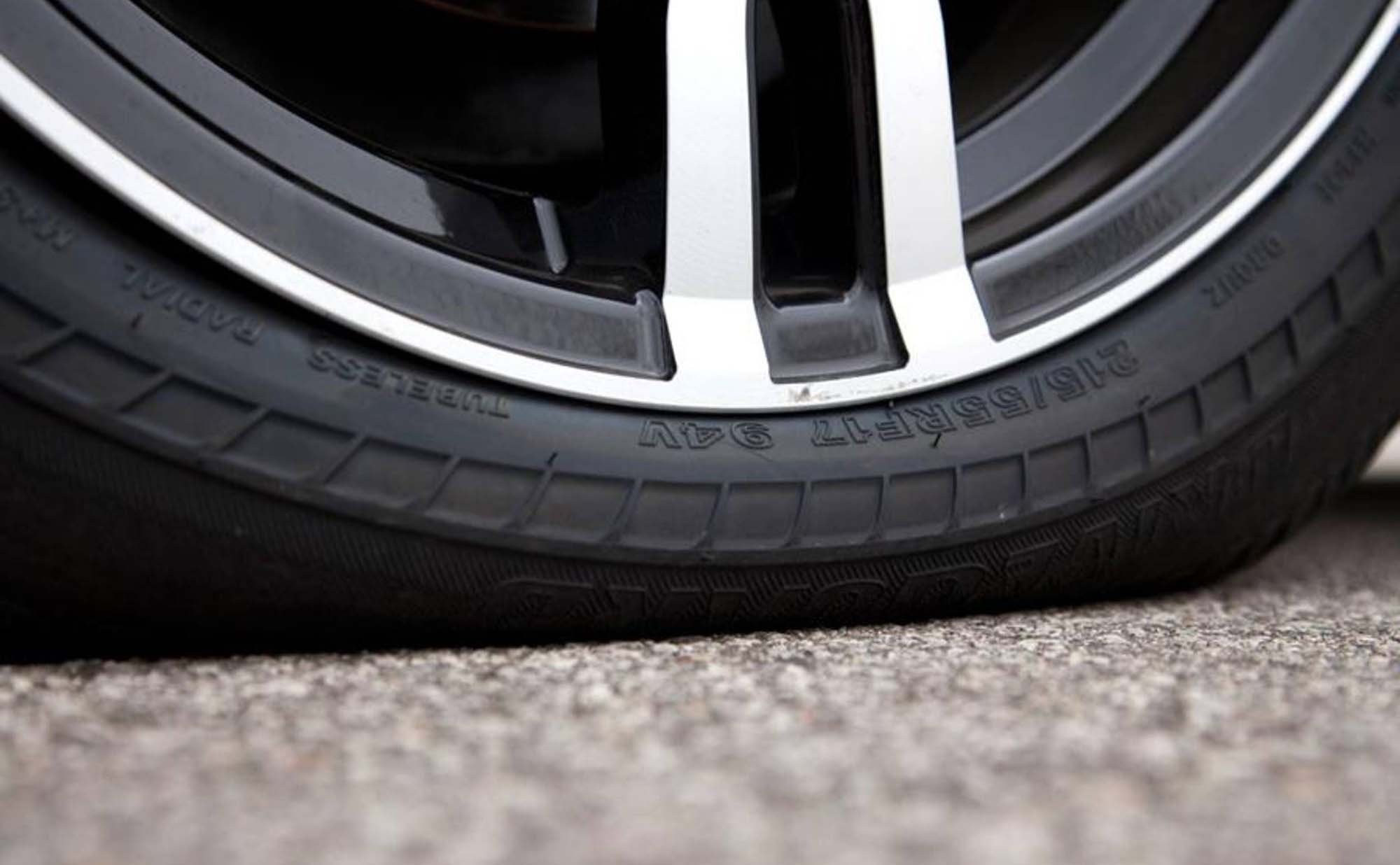In this post, we investigate whether oil additives deliver on their big promises. Here is a summary of what we know and think about oil additives.
Fixing imbalanced tires is definitely a process that is best left to professionals. A mechanic or tire technician will use specialized equipment, such as a balancing machine, to measure tire vibration and find out whether the tire weight is balanced and if not, where to apply weights or how much to rotate the tire. The mechanic will then apply steel, aluminum, zinc, or lead weights to correct the balance. For all four wheels, this process usually takes about an hour.
Sometimes, weights won’t be enough to completely fix an out-of-balance tire. In this case, a technician will rotate the tire on the wheel.
Cost
As far as vehicle maintenance goes, tire balancing is quite inexpensive. Prices range, but you shouldn’t have to pay more than $100 to balance all four wheels.
Main Types of Tire Balancing
The three main types of tire balancing are:
- Static
- Dynamic
- Road-Force
Static Balancing
Static balancing involves using small weights along the surface of the rim to correct tire imbalances and is the simplest way to fix an imbalanced tire. The technician will suspend your wheel from a spindle and observe which side of the tire leans lowest to the ground. The technician will then place weights opposite those low sides to get the tire to balance.
Static balancing can only fix minor tire imbalances, so if the issue is more complex the technician will have to resort to other methods.
Dynamic Balancing
Where static balancing is a one-dimensional affair, dynamic balancing adds in the second dimension. Weights are spread across the tire (side-to-side, up and down). The wheel is then placed onto a spinning computer balancer and is spun at speeds between 20km/h and 80 km/h. The computer measures weight imperfections and tells the technician where to place weights and how much weight to add.
This method is more time-consuming than static balancing, but it creates a more precise tire balance.
Road-Force Balancing
Road-force balancing is the newest and most sophisticated method of tire balancing. This machine uses rollers that apply pressure to the tire to synthesize the weight of the vehicle while the wheel spins. These machines are very sensitive and are calibrated to suit different types of vehicles. Sensors record pressure information along the circumference of the wheel to detect irregularities.
The machine will give the technician all the information they need to fix your tire/wheel combination. If needed, the technician will lubricate the bead and rotate the tire on the rim to re-seat the tire in the optimal position.
The precision of road-force balancers is impossible with either static or dynamic balancing methods.




